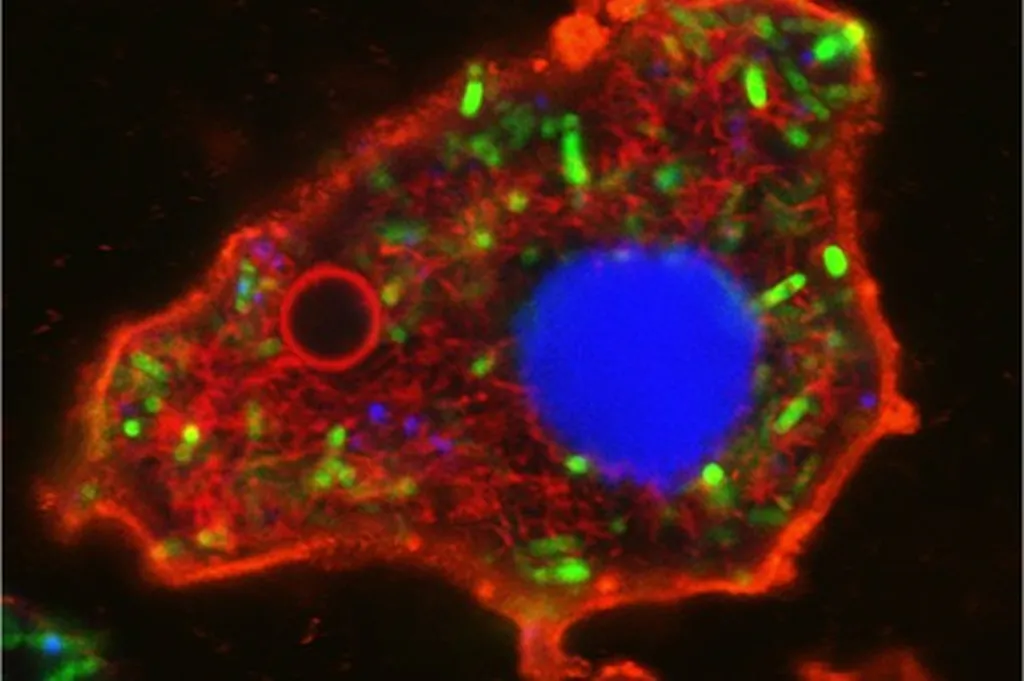In the bustling world of synthetic biology, a groundbreaking study has emerged from the labs of the University of Basel, Switzerland, promising to revolutionize our understanding of cellular processes and pave the way for advanced biohybrid materials. Led by Lukas Heuberger, a researcher from the Department of Chemistry, this innovative work focuses on the integration of native nuclei into polymeric giant unilamellar vesicles (pGUVs), creating a new class of protocells with unprecedented capabilities.
Protocells, often described as simplified, artificial cells, have long been a subject of fascination for scientists seeking to unravel the complexities of life. By combining biological components with synthetic ones, these microscopic entities offer a unique platform for studying cellular processes in a controlled environment. However, until now, the challenge has been to maintain the integrity and functionality of native organelles, such as nuclei, within these synthetic constructs.
Heuberger and his team have bridged this gap by incorporating native nuclei into pGUVs using a technique called double-emulsion microfluidics. This method allows for the precise encapsulation of nuclei within the polymeric vesicles, ensuring that their morphology and nuclear envelope integrity are preserved. “By maintaining the native structure of the nuclei, we can observe and study nuclear processes in a simplified, yet biologically relevant, environment,” Heuberger explains.
One of the most striking findings of this research is the demonstration that the nuclear import machinery remains functional within these nucleated protocells. The team achieved this by co-encapsulating peptide-based multicompartment micelles (MCMs) with the nuclei and observing their import into the nuclear interior via nuclear localization signals (NLS). Furthermore, by enriching the GUV interior with nuclear import-promoting factors, the delivery efficiency of NLS-MCMs was significantly enhanced.
The implications of this research are far-reaching, particularly for the energy sector. As the world seeks sustainable and efficient energy solutions, the development of advanced biohybrid materials holds great promise. These materials, which combine biological and synthetic components, could be used to create more efficient energy storage systems, such as biobatteries, or to develop novel biofuels. By providing a platform for studying nuclear processes in a simplified environment, this research could accelerate the development of these technologies.
Moreover, the findings open avenues for high-throughput applications in synthetic biology, enabling scientists to investigate organelle behavior and their interactions with cellular components in greater detail. This could lead to the discovery of new biological pathways and the development of innovative therapeutic strategies.
The study, published in Small Science, which translates to Small Science, marks a significant step forward in the field of synthetic biology. As Heuberger puts it, “Our work establishes a foundation for creating advanced biohybrid materials, offering opportunities to explore the intricate workings of the cell in a whole new light.” The future of energy and synthetic biology looks brighter than ever, thanks to the pioneering efforts of researchers like Heuberger and his team. As we continue to push the boundaries of what is possible, the potential applications of these protocells are limited only by our imagination.

